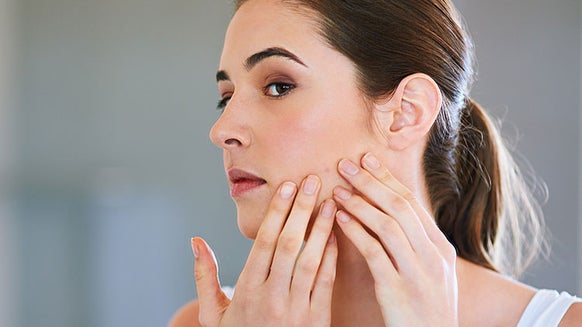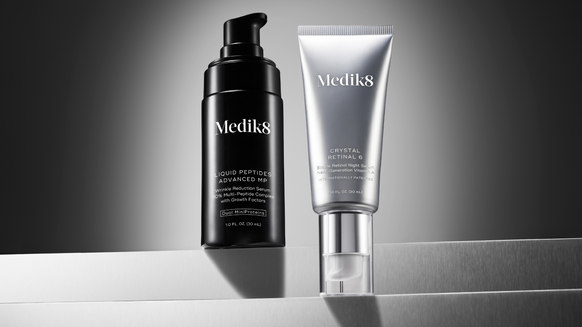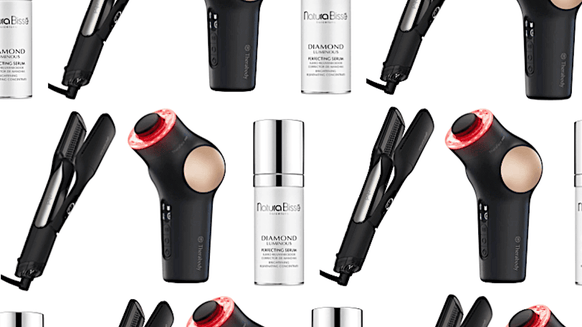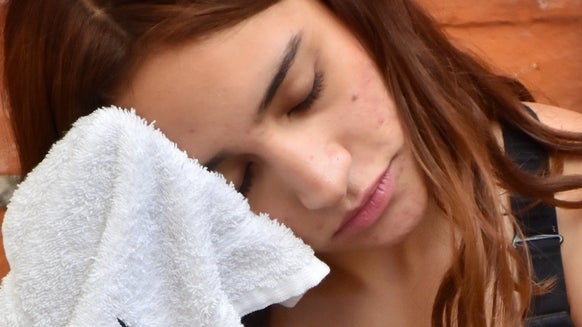Dermatologist Answers: Is Lanolin Good or Bad for Your Skin?
Lanolin has long been used in the skin care and cosmetics industry as an effective emollient, commonly used in body creams and lotions to lock in much-needed moisture and prevent water loss. But lanolin also has a bad rep for irritating sensitive skin and causing allergic reactions. So what’s the real story behind lanolin?
What Is Lanolin?
Lanolin is a greasy yellow substance made from secretions (sebum) from the skin glands of sheep to condition their wool. It is a natural, animal-derived product harvested from shorn wool. Unrefined lanolin has been used for thousands of years by various cultures, and refined lanolin has been used for more than a hundred of years in ointments.
Lanolin is a long-chain waxy ester that contains cholesterol, but with a different composition than human sebum. There are two common forms: lanolin and lanolin alcohol. The latter, the one that's more commonly used in skin care, adds a molecule to provide a smoother skin feel. Because of its high fat content, lanolin is occlusive, meaning it prevents the evaporation of water from the skin (transepidermal water loss). This keeps skin moisturized and helps the skin heal.
So How Did Lanolin Get a Bad Rep?
Lanolin is generally considered safe for intact skin. However, ointments and occlusive products are designed to be used on healing skin, not normal and intact skin. This is the trouble with lanolin. Despite being a common ingredient in a number of products marketed to help heal eczema, burns, scrapes, raw nipples and post-procedure skin, the incidence of lanolin allergy is rapidly increasing. For example, a recent study of more than 1,000 children with eczema found that 66% of them reacted to lanolin alcohol (1). Another study looking at allergic reactions in patients with chronic wounds found 11% reacted to lanolin (2). Lanolin is not what our skin needs when it is trying to heal!
The rapidly rising incidence of lanolin allergy is thought to be related to increased exposure to lanolin. This is not surprising given how ubiquitous it has become in skin care products. The public and health care professionals need to be educated about the increasing allergy to lanolin as many pediatricians, dermatologists and plastic surgeons continue to recommend lanolin-containing products.
Lanolin Alternatives
There are many other ingredients that can replace lanolin to prevent transepidermal water loss. The cheapest options are petroleum jelly (Vaseline), mineral oil and paraffin. All are hypoallergenic but made from the hydrocarbons of fossil fuels (which also have bad reps).
If you want a more natural option, try something with beeswax, or plant-based ingredients like vegetable waxes and hydrogenated plant oils, which is a key ingredient in RESTORE Healing Balm. Made from 100% plant-based ingredients, this soothing balm soothes and protects skin and alleviates eczema symptoms, dryness, chapped lips, burns, scrapes and more.
Hope this answers your questions on lanolin. Until next time!
Warmly,
Heather D. Rogers, MD
Lubbes S, Rustemeyer T, Sillevis Smitt JH et al. Allergic Contact Dermatitis in Dutch children and adolescents with and without atopic dermatitis – a retrospective analysis. Contact Dermatitis. 2017 Mar;76(3):151-9. Smart V, Alavi A, Coutts P, et al. Contact allergens in persons with leg ulcers: A Canadian study in contact sensitization. Int J Low Extrem Wounds. 2008;7:120-5.

Dr. Heather D. Rogers is a double-board certified dermatologic surgeon and the founder of Doctor Rogers Skin Care. She practices procedural and cosmetic dermatology full-time at Modern Dermatology in Seattle and maintains a strong online presence that emphasizes education about all things skin. Her expertise derives from her training at Stanford, Univ. of Washington and Columbia, plus two decades of ongoing clinical experience. Follow Dr. Rogers on Instagram, Facebook, and Youtube.
Related Posts

Dermatologist Answers: How to Get Rid of a Pimple Before a Big Event

The Skin Care Products You Should Be Using in Your 50s, 60s and Beyond






